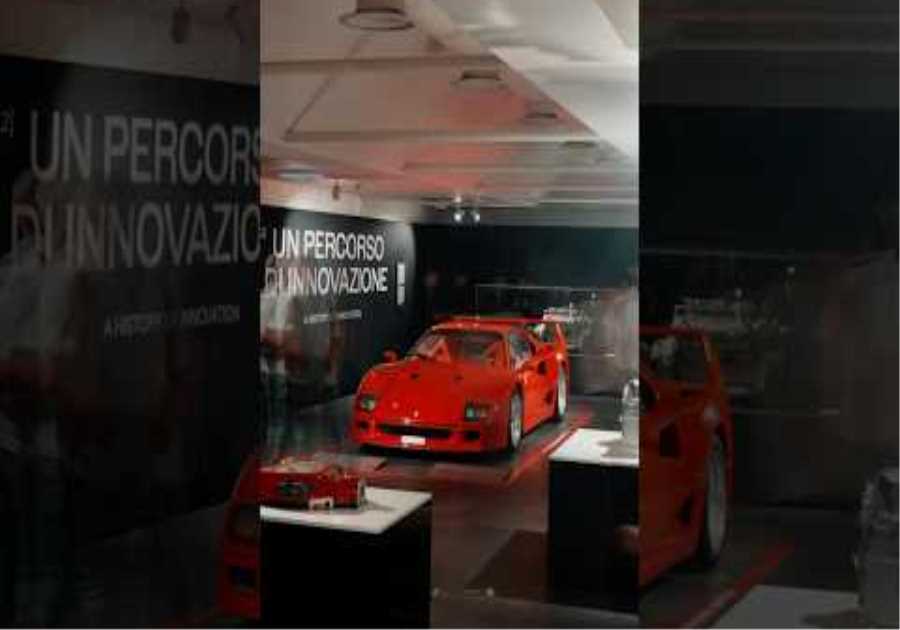
F1 announced it had secured a deal for the Las Vegas Grand Prix to join the calendar from next year on Thursday. The event will take place on a Saturday night around a 3.8-mile street circuit that will incorporate the Nevada resort city’s famous Strip.
Las Vegas has signed an initial three-year deal to host a grand prix for the first time since the early 1980s. In doing so, it will become the third race in the United States, joining the US Grand Prix in Austin, Texas, and the Miami Grand Prix, which will make its F1 debut next month.
The move reflects F1’s desire to have an increased presence in America in a bid to boost the sport’s popularity and capitalize on its growing momentum. As a result, the USA will be the only country to have more than two races on the calendar.
“We do believe, without being arrogant, that Formula 1 will be something that the American fans will love to be involved even more,” said F1 CEO Stefano Domenicali. “We do believe this is a very important market in developing the love of our sport.”
Related Articles
F1 is already embarking on its longest-ever season in 2022, with an unprecedented 23 races scheduled to take place, beating last year’s previous high of 22.
Las Vegas’ inclusion could see F1 hit another new milestone with a potential of 24 events next season.
This would align with comments Domenicali made in a recent interview with Sky.
“I think there is potential to go to 24,” the former Ferrari team boss said. “I would say there is potential to go to 30! In terms of interest we see all around the world.
“It is up to us to try to find the right balance considering what are the venues which would like to be in F1, what are the historical values we need to see on the calendar.”
Related Articles
Under the current Concorde Agreement, there is a maximum cap of 24 races, meaning that at least one of this year’s events will face the axe.
Which grand prize could be at risk?
As it stands, three more grand prix are due to be added to F1’s calendar for next year, including the world championship’s newest flagship race in Vegas.
In November last year, F1 renewed its commitment to the Chinese Grand Prix with a fresh deal that will see the Shanghai event stay on the calendar until 2025.
Since hosting F1’s 1000th GP in 2019, China has been absent following the outbreak of COVID-19. Shanghai has just been plunged into an extended lockdown as China continues to stick to a ‘zero-COVID’ strategy.
But after a three-year hiatus, China is due to return to the schedule in 2023, while F1 has also agreed a permanent slot for the Qatar Grand Prix as part of a 10-year deal after the country acted as a stand-in on the 2021 calendar.
Qatar, which will host the FIFA World Cup in November, is expected to be confirmed as the replacement for the canceled Russian Grand Prix, which had its contract terminated following the country’s invasion of Ukraine.
These additions – along with the prospect of a new grand prix in Africa in the near-future – will force some of the current races to be squeezed out altogether, unless teams accept to extend the limit of events per season beyond 24.
Another potential solution is calendar rotation, something Domenicali has indicated he is open to.
France, Belgium and Mexico are the races with the most uncertain futures, given they are each in the final year of their current contracts.
The French Grand Prix at Paul Ricard and Belgium Grand Prix at Spa-Francorchamps appear to be facing the most pressure, while, despite its enormous popularity, Mexico’s F1 future beyond 2022 is not yet secure.
Monaco, long regarded as F1’s crown jewel, also finds itself in an awkward position. F1’s new bosses have made it clear that sentiment and history won’t stand in the way of its future calendar decisions, something that was highlighted by the loss of the German GP.
It leaves the principality in a less powerful position than it once was as the sport continues to explore new markets. This year’s event has already been shrunk to a traditional three-day format, having previously spread its race weekend over four days, with Friday being used as a day of rest for the F1 paddock.
The Las Vegas GP marks the sixth race deal F1 has negotiated since Liberty Media completed its takeover in 2017. While many questions remain, it looks increasingly likely that F1’s calendar is only going to continue to expand.






